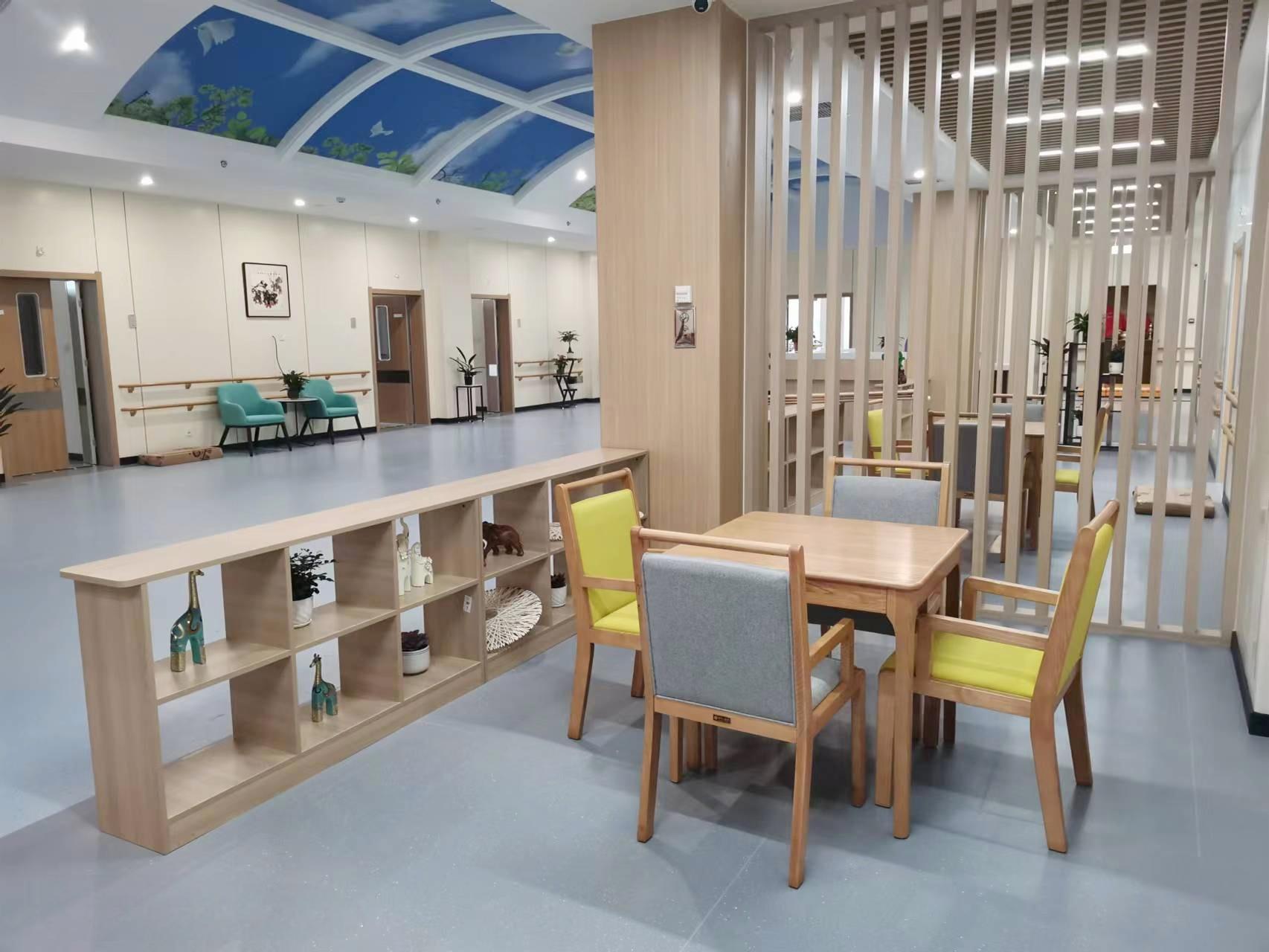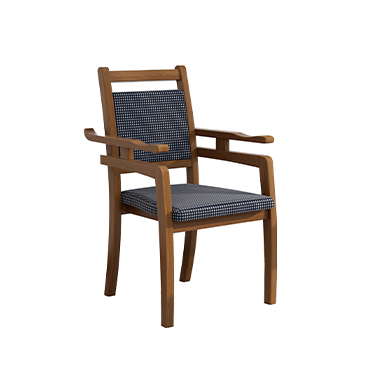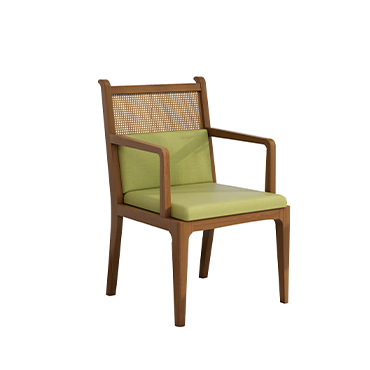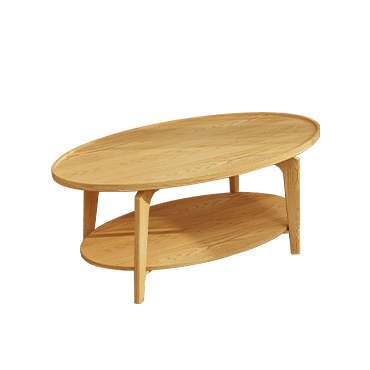Market Analysis of Age-Friendly Furniture: Global and Chinese Demand Trends
With the global aging population expanding rapidly, age-friendly furniture has become a critical component of the senior care industry. Whether in nursing homes, community facilities, or private homes, demand for elderly care furniture is experiencing steady and significant growth. This article provides an overview of the global landscape and the Chinese market, analyzing current developments and future opportunities.
1.Global Market Trends: Aging Population + Lifestyle Upgrades Drive Growth
1.1 Rapid Growth in Senior Population
According to the United Nations, there were over 1 billion people aged 60 and above worldwide in 2020, and that number is projected to rise to 2.1 billion by 2050, accounting for 22% of the global population.
Developed countries such as Japan and much of Europe already have aging rates over 25%.
Asia-Pacific is expected to see the fastest growth in elderly population.
Keywords: aging population, senior care, elderly lifestyle
1.2 Expanding Market Size
According to Grand View Research:
The global age-friendly furniture market exceeded USD 15 billion in 2022.
By 2028, it is expected to reach USD 23 billion, with a CAGR of around 7%.
Key product categories include nursing beds, lift chairs, and elderly dining furniture.
1.3 Diversified Scenarios Driving Innovation
Age-friendly furniture is no longer limited to hospitals and care homes. It now extends to:
Aging-in-place households: focusing on safety and space efficiency
Premium senior communities: emphasizing aesthetics and comfort
Rehabilitation centers: requiring modular and easy-to-assemble solutions
2.Chinese Market Outlook: Policy Support and Structural Demand Drive Momentum
2.1 The Largest Elderly Population in the World
China has the world’s largest aging population. As of the end of 2023:
Over 290 million people aged 60 and above, accounting for more than 21% of the population.
More than 40 million elderly are semi- or fully dependent, highlighting the urgent need for functional furniture.
2.2 Strong Government Policy Support
Government initiatives are accelerating market development:
National plans like “Healthy China 2030” and the Mid- to Long-Term Plan for Active Aging promote the development of elderly care products;
Local governments offer home modification subsidies, boosting residential demand;
Institutional furniture procurement is being integrated into government-backed elderly care facility construction.
Keywords: aging-in-place, elderly care policy, senior home solutions
2.3 Consumer Demand Upgrading
Younger generations (children of elderly) are now the primary decision-makers, prioritizing not only safety, but also aesthetic and smart features;
Traditional “hospital style” is being replaced by home-like and hotel-style designs;
Products now require a balance of functionality, design, and emotional care.
3.Challenges and Opportunities in the Current Market
| Challenges | Description |
|---|---|
| Low consumer awareness | Many families do not understand the difference between standard and age-friendly furniture |
| Lack of industry standards | There is still no unified national standard for quality certification |
| Fragmented market | The sector is dominated by small and medium-sized enterprises with limited brand recognition |
Growth Opportunities:
Export potential: Particularly strong in high-aging regions such as Japan, Europe, and Australia;
Smart technology integration: Furniture with health monitoring, voice reminders, etc., is emerging;
Large-scale B2B demand: Senior housing and wellness real estate projects are boosting bulk procurement.
4.Conclusion: From Function to Care, Age-Friendly Furniture Enters a New Stage
Age-friendly furniture has evolved beyond simply “adding a grab bar” or “raising the seat height.” It now incorporates technology, design, and human empathy. In the years ahead, the companies that truly understand the needs and emotions of the elderly will lead the way in this expanding blue-ocean market.





